 Two recent teardowns dug into the guts of Apple’s latest device, yielding insights on repairability and the estimated cost of the phone’s components.
Two recent teardowns dug into the guts of Apple’s latest device, yielding insights on repairability and the estimated cost of the phone’s components.

 Two recent teardowns dug into the guts of Apple’s latest device, yielding insights on repairability and the estimated cost of the phone’s components.
Two recent teardowns dug into the guts of Apple’s latest device, yielding insights on repairability and the estimated cost of the phone’s components.
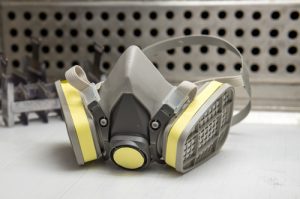 A study takes a wide-ranging look at the health and environmental impacts of improperly managed scrap electronics, and it suggests ways the whole value chain can work to solve the problems.
A study takes a wide-ranging look at the health and environmental impacts of improperly managed scrap electronics, and it suggests ways the whole value chain can work to solve the problems.
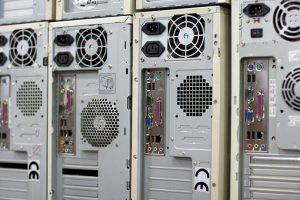 The IT asset disposition sector is facing “unprecedented uncertainty,” according to an industry expert, yet it is receiving more and more interest from outside investors.
The IT asset disposition sector is facing “unprecedented uncertainty,” according to an industry expert, yet it is receiving more and more interest from outside investors.
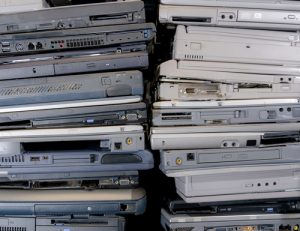 Data detailing the global generation and flow of e-scrap is in draft form and will be published within the next couple months, according to the Bureau of International Recycling (BIR).
Data detailing the global generation and flow of e-scrap is in draft form and will be published within the next couple months, according to the Bureau of International Recycling (BIR).
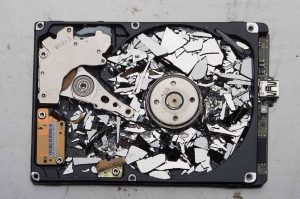 Scientists have developed an environmentally friendly way to recover rare earth elements from shredded electronic scrap without the need for pre-sorting of materials.
Scientists have developed an environmentally friendly way to recover rare earth elements from shredded electronic scrap without the need for pre-sorting of materials.
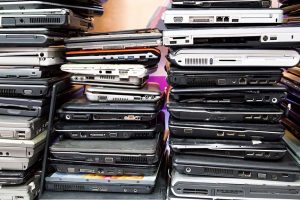 A European project will release a data platform providing a wealth of information on changes in the end-of-life stream. The particulars can help processors better recover commodities from scrap electronics.
A European project will release a data platform providing a wealth of information on changes in the end-of-life stream. The particulars can help processors better recover commodities from scrap electronics.
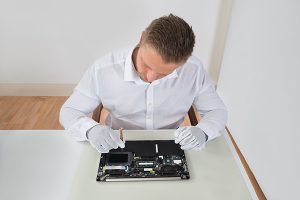 The average resale price for desktop computers and laptops has grown over the past two and a half years, according to a report by a prominent ITAD company.
The average resale price for desktop computers and laptops has grown over the past two and a half years, according to a report by a prominent ITAD company.
Continue Reading
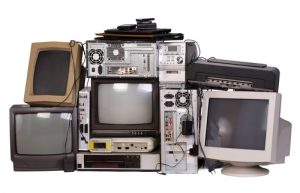 An initiative funded by the federal government could help solve a key materials recovery issue in e-scrap.
An initiative funded by the federal government could help solve a key materials recovery issue in e-scrap.
 A new report identifies data security concerns as a major barrier to more recycling and claims there is growing interest in electronics take-back programs in the United Kingdom.
A new report identifies data security concerns as a major barrier to more recycling and claims there is growing interest in electronics take-back programs in the United Kingdom.
 Researchers are gathering information about the global generation and flow of e-scrap, and they plan to publish their findings in November.
Researchers are gathering information about the global generation and flow of e-scrap, and they plan to publish their findings in November.
